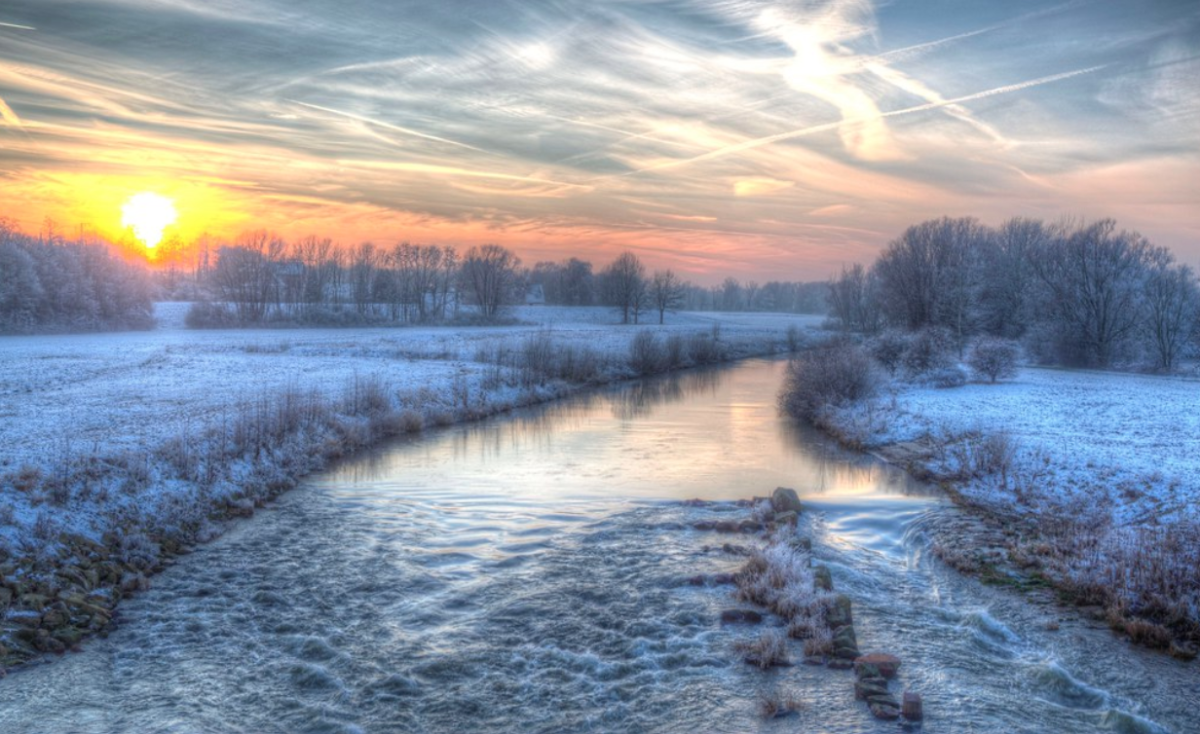Imagine embarking on a risky journey, braving the harsh cold of the latest Ice Age on foot, with a toddler in one arm, surrounded by enormous mammoths and giant sloths. This is exactly what scientists think one young woman and a child experienced over 10,000 years ago, in what is now White Sands National Park in New Mexico. After finding this 1.5 kilometer long trail of fossilized human footprints, the longest that has ever been found from the ice age (427 total footprints to be exact,) scientists were able to analyze 90 specifically. Looking for distinct patterns, measurements, and other details, they uncovered the setting and situation that likely took place there during this time. Due to the remarkable length of the tracks, scientists were able to uncover many specific details of the young woman’s journey.
Most of the other evidence of similar journeys across this area during the Ice Age point to people traveling in groups, likely to hunt wildlife such as wolves in the area (Pratap). This young woman, likely in her teens, appeared to have taken two separate journeys and seemed to be in a hurry (Bennett). Although the exact reason she was in a rush is unknown, it is thought that she was moving quickly due to the risk of potentially dangerous surrounding wildlife. In some places along the track, there were smaller footprints in addition to the larger ones. Based on the size and depth, it is assumed these footprints were from a very young child around the age of three. Careful analysis of the footprints from so long ago provided details allowing scientists to determine that the path she chose was slippery, due to the unevenness of the prints. In addition, the footprints demonstrated the woman shifted the weight of the toddler from one side to the other a total of three times in the section of her journey that was discovered via fossilized footprints.
Kevin Hatala, a biologist who works for Chatham University says, “The length of the trackway is really exceptional and gives us a prolonged window into the behavior of the individuals,” (Pratap). Fossils have always provided clues into the history of plant and animal activity on earth. Fortunately the length of these newly discovered footprints offer scientists a glimpse into human life on earth 10,000 years ago. Scientists now have the ability to gather specific data that leads to educated hypotheses to better understand human activity alongside animals much different from those we see today, roamed the planet. The specific details of which may offer clues and contextual evidence in which to compare life so long ago to our modern world.
Citations:
Bennett, Matthew R., et al. Walking in Mud: Remarkable Pleistocene Human Trackways from White Sands National Park (New Mexico). 9 Oct. 2020, www.sciencedirect.com/science/article/abs/pii/S0277379120305722?dgcid=author.
Pratap, Aayushi. “The Longest Trail of Fossilized Human Footprints Hints at a Risky Ice Age Trek.” Science News, 24 Oct. 2020, www.sciencenews.org/article/longest-trail-fossilized-human-footprints-risky-ice-age-trek.
Blavandmaster. “Ice Age.” CC Search, search.creativecommons.org/photos/b346aa7c-6501-4450-8f12-aec1786abf88.


